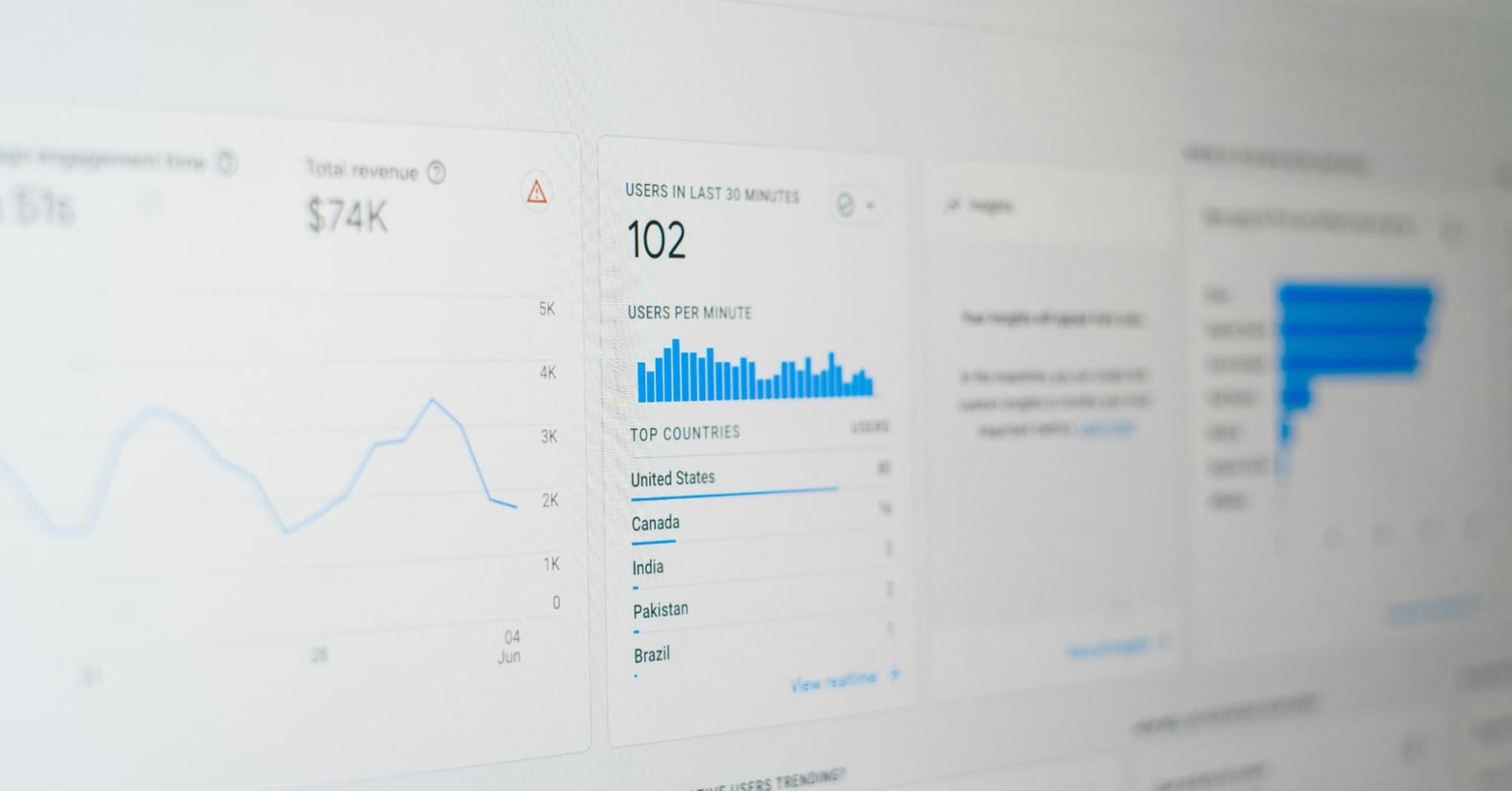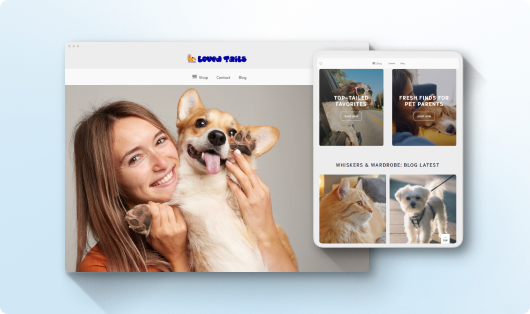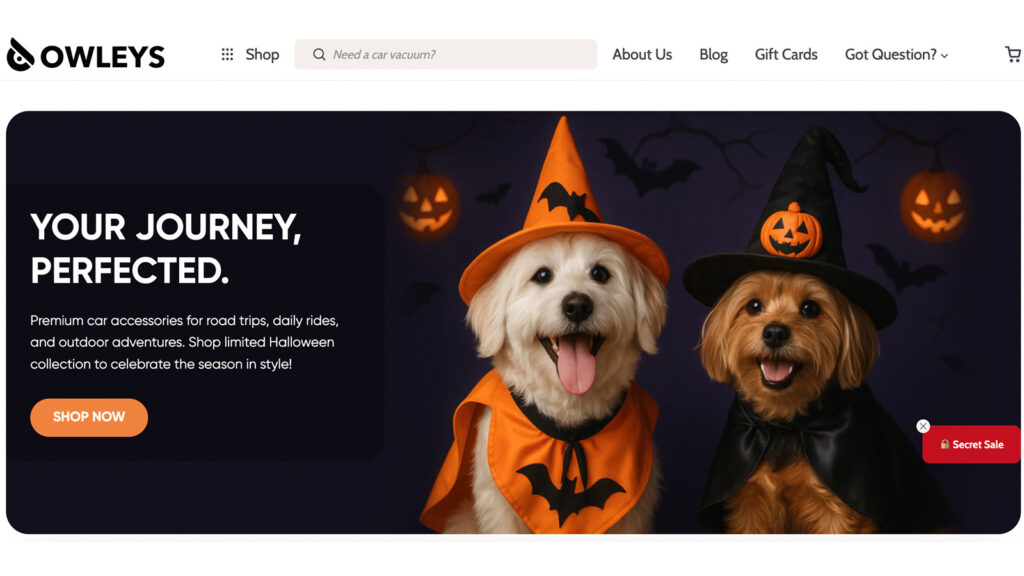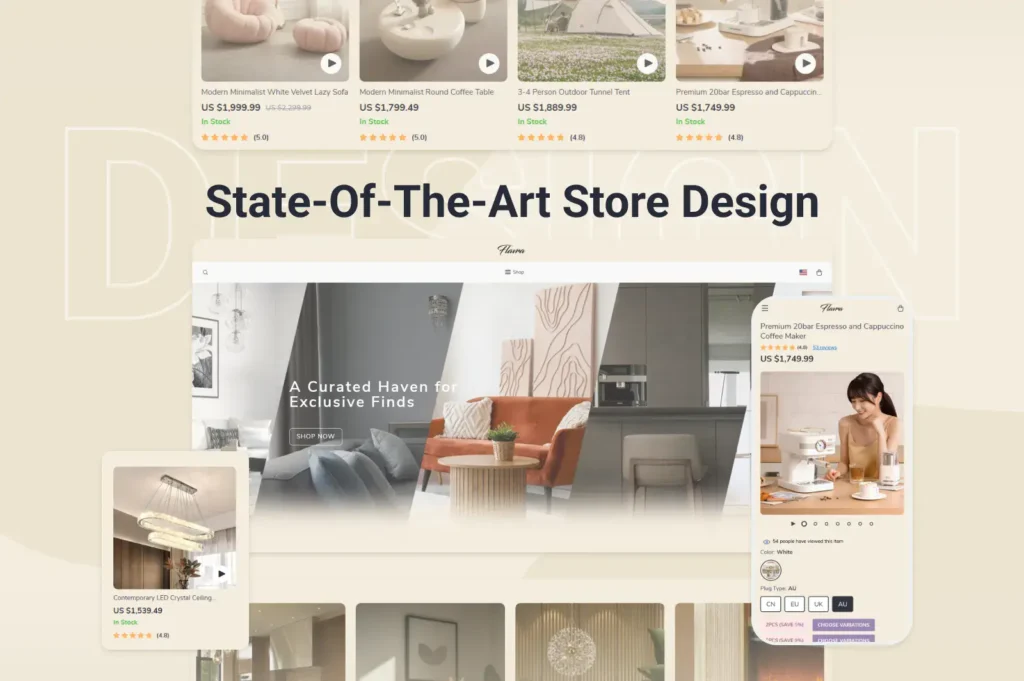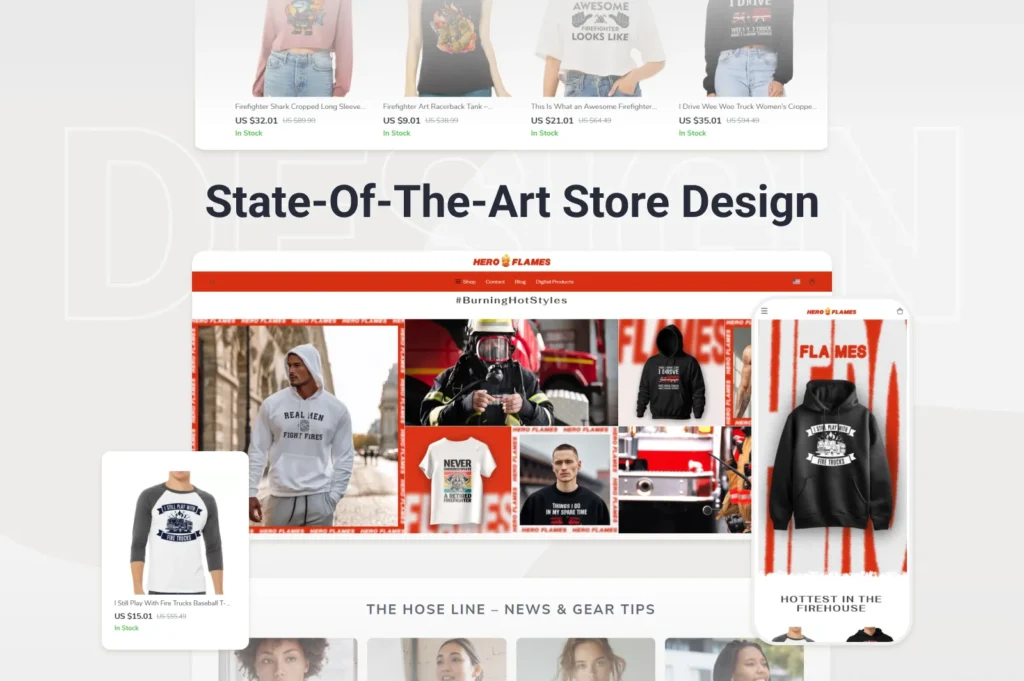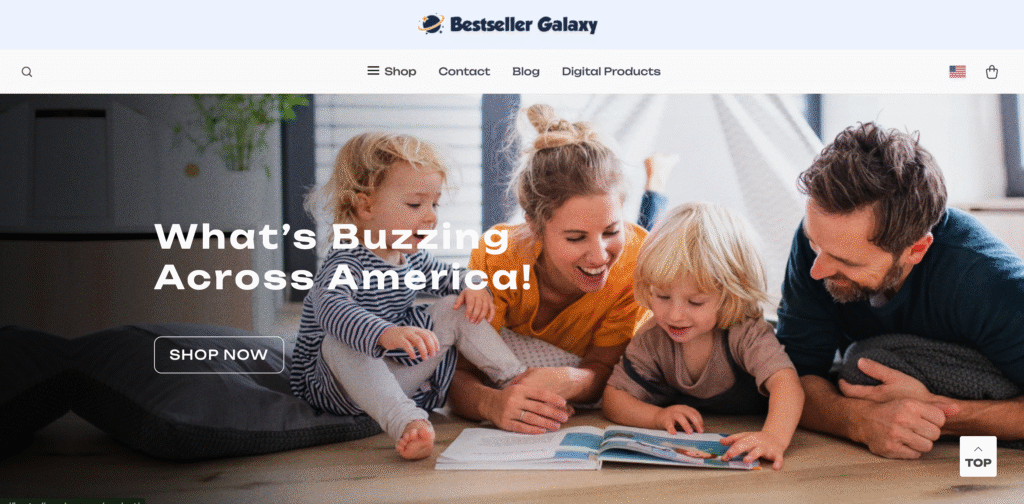If you’ve already read Part 1, you know what a solid content plan looks like—what details to include, which metrics to track, and how to keep your ideas organized. Now it’s time to actually build one.
This part is where theory meets practice. We’ll go step by step through the process of creating a content plan that’s both flexible and realistic—something you’ll actually use week after week. You’ll learn how to brainstorm themes, set publishing priorities, organize your calendar, and find the sweet spot between what your audience wants and what your business needs.
By the end, you’ll have a working plan you can fill out today— and a system that keeps your content flowing without the usual chaos.
Before We Start: What It Really Takes to Build ( and Stick to) a Content Plan

Let’s be honest — anyone can make a spreadsheet. But turning that spreadsheet into a living, breathing content system that actually drives sales and engagement? That’s the tricky part.
To build a working plan, you’ll need to:
- Understand your audience: what they want, what they struggle with, and what kind of content makes them stop scrolling
- Balance different content types so your feed doesn’t feel one-note (remember: teach, sell, entertain, repeat)
- Work with data — lots of it — and know how to turn all those numbers, insights, and ideas into logical, engaging posts or articles
- Stick to your publishing dates and respect your own deadlines. Remember: consistency is a trust signal, not just a habit
- Know the goal of every single piece of content, because “just posting something” isn’t a strategy
- Adapt quickly when things change: fix typos, polish your tone, or tweak your messaging before it snowballs
- Analyze and adjust: track how your content performs and refine your plan to double down on what works
In other words, it’s a mix of creativity, structure, and constant feedback. Sounds like a lot, but once you’ve got your system in place, it runs smoother than you’d think. Let’s break down how to get there.
Step 1: Finding and Understanding Your Audience
Before you start planning posts or drafting clever headlines, you’ve got to know who you’re talking to and what they actually want to hear. Without that, even the best-looking content is just noise. Understanding your audience takes listening, watching, and connecting the dots between what people say, do, and care about.
Let’s start with what’s already right in front of you.
- Use Your Inside Resources
You’ve got more insight than you probably realize, especially if you bought a ready-made store through Offiro. Here’s how to use it.
- Check what your audience is asking. Every question from a customer is basically a roadmap for your next piece of content. Since Offiro stores already come with a clear niche, you can easily predict the kinds of things people might be curious about. Go a step further and send a short survey after purchase (email is perfect for this). Ask things like, “What made you choose this store?” or “What would you like to learn more about?” You’ll be surprised how much people are willing to share if you ask them directly
- Look at your blog and social media. Your Offiro store comes with a ready-to-go marketing strategy and starter content. Take a look at what’s already performing well what gets comments, what gets shared, what flops completely
- Talk to the Offiro team. The experts behind your store have seen hundreds of niches up close. They know what hooks people, what converts readers into customers, and what kind of posts actually move the needle. A quick chat with them can give you a dozen content ideas that are already proven to work.
- Check Your Outside Resources
Once you’ve squeezed all the insights from your own data, it’s time to peek outside your bubble. There’s plenty to learn from the broader market.
- Study your competitors. Take a good look at what others in your niche are doing: their topics, tone, and how their audience reacts. Don’t just copy — try to do better. Spot the weak spots, add your unique spin, and offer something fresher
- Use Google keywords and FAQs. People literally tell Google what’s on their mind. Use keyword tools or even simple autocomplete searches to see what questions your audience is asking. Then answer them clearly, helpfully, and better than anyone else
- Keep an eye on legal updates. It might sound dry, but it’s crucial. Every niche has its own regulations: tariffs, safety rules, certifications, whatever applies. If something changes, be the first to explain what it means for your customers
- Watch social media, forums, and news. Real conversations happen in the comments, not the reports. See what people are discussing, celebrating, or complaining about on Reddit, TikTok, or Facebook groups. That’s the real pulse of your audience and that’s where you can find enough ideas to keep your plan filled for weeks
Getting to know your audience is how you learn to speak their language. Once you do, everything else falls into place almost naturally.
Step 2: Mixing Different Types of Content
Remember those six content types we talked about back in Part 1 — practical, selling, trust-building, entertaining, viral, and engaging? Here’s where that list really comes to life.
The trick to keeping your audience hooked isn’t just posting regularly — it’s variety. Different people respond to different things. Some love quick tips and checklists; others are here for stories or emotional hooks. And even your most loyal followers will tune out if every post starts sounding the same.
So don’t be afraid to mix it up. Rotate between formats, experiment with tone, and test what hits hardest. Maybe your “Top 5” blog posts pull traffic, but personal behind-the-scenes stories get the most comments. Or maybe funny polls on Instagram do better than product updates. You won’t know until you try.
Step 3: Finding Your Perfect Publishing Rhythm

There’s no better way to lose your audience than posting like a spam bot. More doesn’t always mean better, especially if you sacrifice quality in the process. The goal is to stay visible without overwhelming people. Your followers should look forward to your updates, not scroll past them out of fatigue.
The secret is balance. Some topics deserve time to breathe; others need to hit while they’re hot. Here’s a simple breakdown to help you plan your posting rhythm:
| Frequency | What to Plan |
| Quarterly | “Evergreen” content and highly competitive themes. Those big, foundational topics that show your expertise and keep bringing in readers over time. |
| Monthly | Timed content such as upcoming law changes, tariff updates, or internal stories about your team or brand. These pieces keep your content relevant and human. |
| Every 1–2 Weeks | News, trending topics, and fresh takes on what’s happening right now in your niche. Quick reactions show your brand’s alive and paying attention. |
A good mix of all three keeps your content strategy balanced, which means steady enough to build trust, flexible enough to stay current, and calm enough that you won’t burn out and annoy your audience.
Step 4: Organizing Your Content by Topic
Here’s one of those small details that makes a big difference: categorizing your content. When you group your posts by theme, you make it easy for readers to find exactly what they’re interested in instead of forcing them to dig through everything you’ve ever written.
Your Offiro blog already has built- in tools for that: theme search and tag search. Use them wisely. Someone who’s curious about marketing tips might not care about product updates ( at least not today), while another visitor might be hunting specifically for success stories or expert advice. Tags and categories help both types of readers get where they want to go in seconds.
It’s a small UX tweak that quietly boosts engagement and it keeps your blog looking organized and professional, even as your content library grows.
You don’t have to do all the writing, editing, and promoting yourself. With Offiro marketing services, your content gets a head start: we craft the articles, handle the publishing, and find the best external platforms to share your story. That’s how your store becomes visible across multiple channels from the moment you start, not months later.
Step 5: Choosing the Right Format for the Job

Even the best ideas can flop if they’re wrapped in the wrong format. Some topics demand a deep dive, while others work best as quick visuals or bite-sized posts. Picking the right format helps your message land clearly— and makes sure you’re not asking your audience to read a novel when a short guide would do.
Here’s a quick cheat sheet to help you match the right format to the right situation:
| Situation | Format | Examples |
| Your product is complicated and needs explanation | Step-by-step guides, video tutorials, or carousel posts with short tips | “How to set up your device in 5 minutes,” “Step-by-step guide to using our skincare routine,” short instructional Reels or TikToks |
| Your product has many features that deserve attention | Full-scale reviews or in-depth demos | “ A complete breakdown of our new smartwatch,” “Everything you can do with this photo-editing app,” long-form YouTube reviews |
| Your customer wants to share their experience | Personal stories, testimonials, or customer interviews | “How I launched my first online business with Offiro,” “ From hobby to full-time store owner: Anna’s story,” short UGC-style clips or posts |
| You sell many similar products | TOP lists, side-by-side comparisons, or themed selections | “Top 5 gadgets for remote workers,” “Our bestsellers this month,” “3 budget-friendly alternatives to our premium model” |
| You need to share important or time-sensitive updates | Simple visuals or short posts with key takeaways | “New shipping rules you should know,” “Updated tariffs for imported goods,” “Quick facts: How the new law affects your niche” |
The point is to make different formats work together. You can ( and should) mix different ideas for the same topic to reach people where they are. For example: post a step-by-step guide on your site, follow it up with a short quiz in your messenger or email campaign to boost engagement, and share key takeaways on social media. That way, your audience sees one coherent story told in different ways and every platform pulls its own weight.
Step 6: Putting It All Together
Alright, you’ve got the tools, the formats, and a clear sense of what your audience cares about. Now it’s time to turn all that into a real, working content plan. The process isn’t complicated — it just needs a bit of structure and consistency.
Here’s a simple roadmap to follow:
- Start with research
Go through every available source—your own analytics, customer feedback, Offiro insights, and external data. Spot the topics people are actively discussing or searching for. Look for those “hot” themes that spark curiosity and align with what you sell - Make a draft plan
Write down all your ideas—don’t filter yet. Add what type of content each idea fits (practical, entertaining, etc.), what category it belongs to, and a quick working title. Think of this as your creative sandbox - Structure it into a final plan
Once your ideas are out, organize them by priority and timing. Assign publishing dates, platforms, visuals, and responsible authors. The goal is to build a realistic schedule—not one that burns you out in two weeks - Follow the plan ( and talk it through)
Sticking to your plan is easier when you’re not doing it alone. Discuss your ideas early on—either with trusted friends who can give honest feedback or directly with Offiro experts, who know what works across different niches. Their perspective can save you from common pitfalls and help you stay consistent
Once everything’s in motion, your content plan becomes your marketing rhythm, keeping your ideas fresh and your store growing week after week.
Common Mistakes When Building a Content Plan

Even with the best intentions, a content plan can go sideways fast. It’s not because you’re doing something wrong, but because you’re juggling too much or trying to make it perfect from the start. Here are a few traps most new store owners falls into and how to sidestep them:
- Filling out the plan only when you remember or not having one at all
A plan you touch once a month isn’t really a plan. Consistency is what keeps your ideas alive and connected. Treat your plan like a living document and not a one-time task.
- Not setting a clear, tangible goal
“Grow my audience” sounds nice, but what does it mean? Write your goals down in measurable terms: traffic, followers, conversion rate. When you can track it, you can improve it.
- Doing it all solo
Content marketing can be lonely, especially if you try to do everything yourself. Ask friends for feedback, brainstorm with colleagues, or reach out to Offiro experts — they’ve seen what works and what doesn’t across hundreds of niches.
- Following the plan too rigidly
A plan is a guide, not a prison sentence. If a “hot” topic suddenly takes off in your niche — jump on it! Fresh, timely content gives your brand a pulse and a nice push in traffic.
- Ignoring performance data
Don’t just post and move on. Watch how each piece performs: clicks, shares, comments, even how long people stay on the page. That feedback is priceless for your next round of posts.
- Overusing one type of content
Even the best content format can get old fast. Mix practical guides with stories, quizzes, visuals, or quick updates to keep your feed alive.
- Posting too rarely or too often.
Irregular posting makes people forget you exist. Posting nonstop makes them tune you out. Search for the sweet spot — a consistent rhythm that you can realistically maintain long-term.
- Copying others without adding your voice.
Inspiration is great. Blind imitation? Not so much. Use others’ ideas as a springboard, then add your own experience, humor, or brand story. That’s what makes your content, well, yours.
Mistakes can and probably will happen — it’s how you refine your strategy. The goal isn’t perfection; it’s progress and adaptability. The longer you keep your plan active, the more natural and effective it becomes.

Wrapping It Up
By now, you’ve got everything you need to build a real, working content plan that helps you understand your audience, stay consistent, and actually enjoy the process. If you missed Part 1 of this guide, make sure to check it out too, since it covers the foundations of content marketing and explains what your plan should include before you dive into creating one. Together, both parts give you the full picture: the “what” and the “how.”
You’ve learned how to choose the right content types, pick fitting formats, plan your publishing rhythm, and track what’s performing best. You’ve also seen where most people trip up and how to avoid those mistakes before they cost you time ( and sanity).
And here’s the good news: you don’t have to do it all on your own. With Offiro, you start with expert-level content marketing from day one — professional articles, engaging posts, and a ready strategy that fits your niche. It gives your store a serious head start, letting you learn the ropes while your marketing’s already running smoothly.
Over time, you can tweak, experiment, and take over when you’re ready, but that first boost from Offiro can make all the difference between “posting randomly” and growing strategically.
